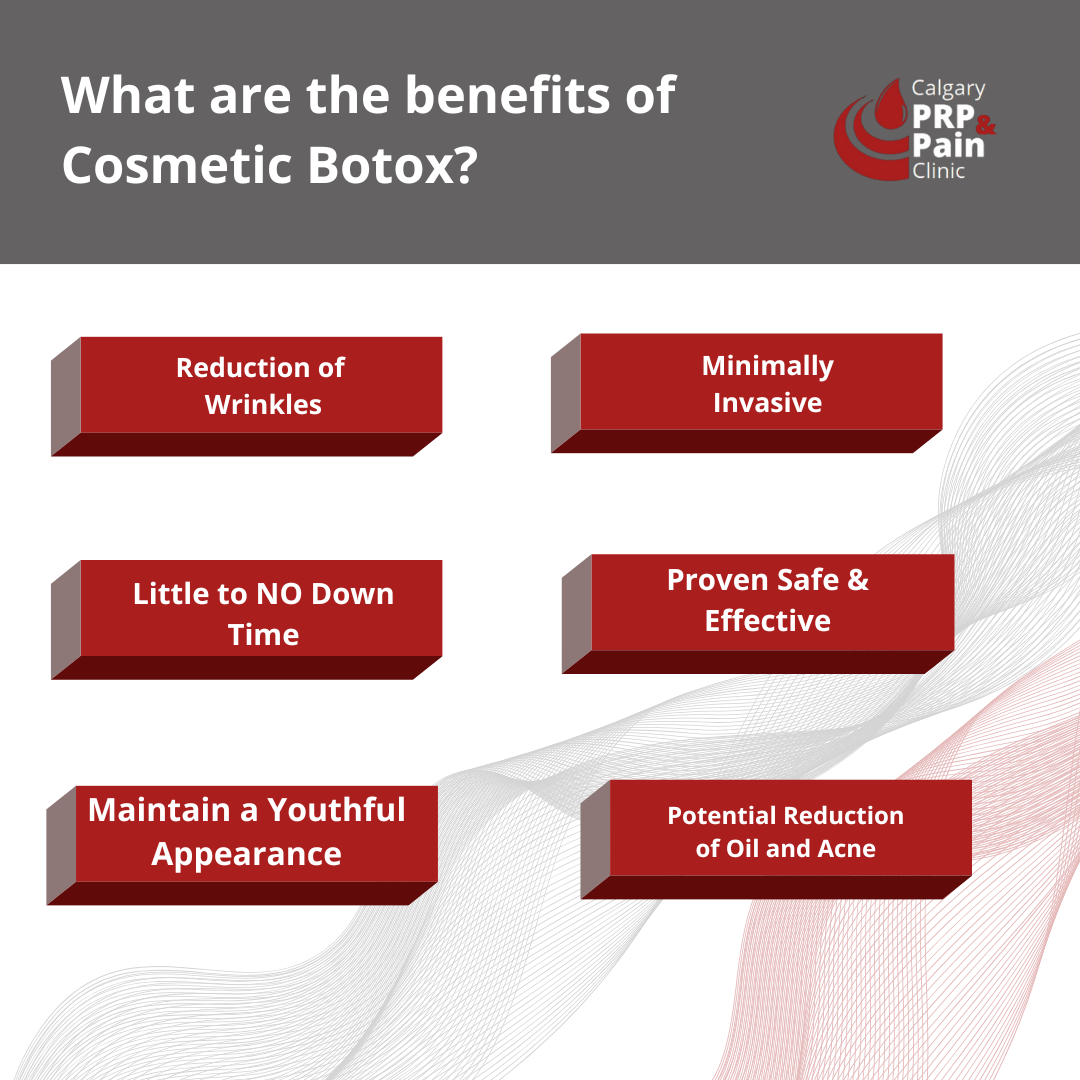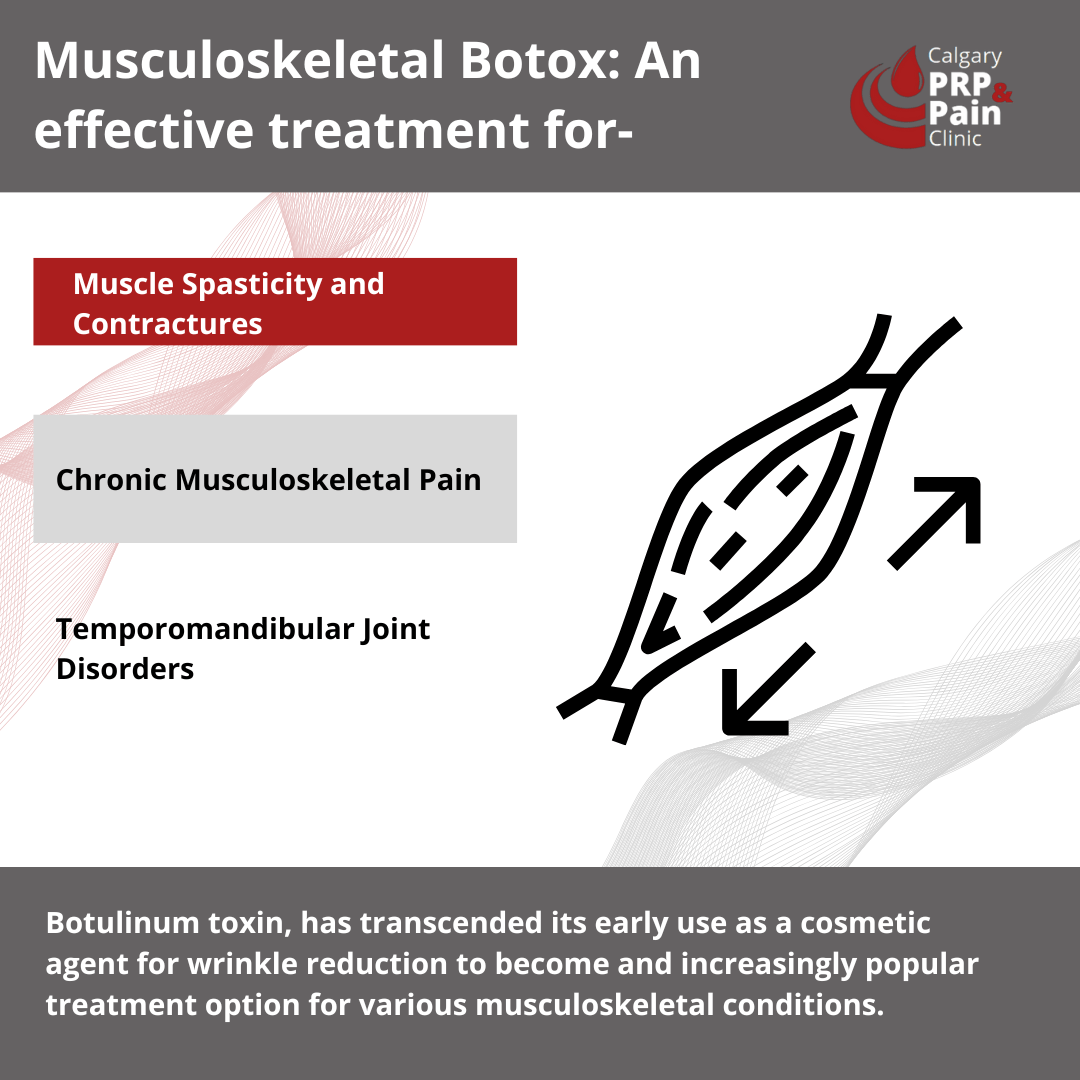What Are The Benefits of Cosmetic Botox / Xeomin
Cosmetic Botox, a form of Botulinum toxin, has become a popular non-surgical procedure for reducing wrinkles and improving facial aesthetics. This article delves into its benefits, supported by scientific references.
- Reduction of Facial Wrinkles:
Botox’s primary use in cosmetics is to reduce the appearance of facial wrinkles. According to Carruthers & Carruthers (2009) in the Journal of the American Academy of Dermatology, Botox works by temporarily paralyzing the muscles responsible for wrinkle formation. This effect smooths out lines, particularly around the forehead, eyes, and mouth. The authors noted significant improvement in the appearance of wrinkles with minimal side effects.
- Treatment of Hyperhidrosis:
Beyond cosmetic applications, Botox has been effective in treating hyperhidrosis, a condition characterized by excessive sweating. Hexsel et al. (2009) in Dermatologic Surgery highlighted its effectiveness in reducing underarm sweating. The toxin temporarily blocks the nerves that stimulate sweat glands, thus reducing sweat production. This application offers a life-changing solution for those suffering from this condition.
- Minimally Invasive with Fast Recovery:
One of the significant benefits of Botox is its non-invasive nature. According to Small (2014) in the Journal of Clinical and Aesthetic Dermatology, unlike surgical procedures, Botox injections are quick, with patients often returning to their normal activities immediately. This convenience, combined with its effective results, makes Botox a preferred choice for many seeking cosmetic enhancements without the downtime of surgery.
- Psychological Benefits:
Cosmetic improvements from Botox can also have psychological benefits. A study by Lewis & Bowler (2017) in the Journal of Cosmetic Dermatology found that patients who received Botox reported improved self-esteem and mood. The reduction in visible signs of aging not only enhances physical appearance but also positively impacts mental health, contributing to overall life satisfaction.
In conclusion, cosmetic Botox offers several benefits, from reducing facial wrinkles and treating hyperhidrosis to being minimally invasive with quick recovery. Its psychological benefits further enhance its appeal. However, it’s important for individuals considering Botox to consult with qualified professionals to understand the risks and ensure it’s suitable for their specific needs.
The Efficacy of Musculoskeletal Botox: A Modern Medical Solution
Botox, a brand name for botulinum toxin, has transcended its early use as a cosmetic agent for wrinkle reduction to become an increasingly popular treatment option for various musculoskeletal conditions. Over the years, numerous studies have investigated the efficacy of Botox in managing musculoskeletal pain and muscle spasticity. This article delves into the therapeutic promise of Botox for musculoskeletal applications and reviews key scientific findings in this domain.
- Muscle Spasticity and Contractures.
Botox injections have been shown to provide significant relief from muscle spasticity, which can result from conditions like cerebral palsy, stroke, and multiple sclerosis. A study published in the journal *Neurology* in 2002 found that Botox injections significantly improved muscle tone in adult stroke patients, leading to reduced spasticity and improved limb position. Similarly, for children with cerebral palsy, Botox treatment can reduce muscle tightness, enhance gait, and improve overall function.
- Chronic Musculoskeletal Pain
Chronic pain arising from conditions like myofascial pain syndrome and tension-type headaches can severely affect an individual’s quality of life. Research has demonstrated the potential of Botox as a treatment option for such ailments. A review in the *Journal of Pain Research* in 2017 found that Botox injections can lead to sustained pain relief in patients with myofascial pain syndrome by inhibiting the release of pain mediators and reducing muscle hyperactivity.
- Temporomandibular Joint Disorders
Temporomandibular joint (TMJ) disorders often result in jaw pain, difficulty chewing, and other functional limitations. In recent years, Botox has emerged as a potential treatment modality for TMJ disorders. A study in the *Journal of Oral Rehabilitation* in 2013 found that Botox injections into the masseter and temporalis muscles reduced pain and improved the mouth’s range of motion in patients with TMJ disorders
- Limitations and Considerations
While Botox offers promise in treating musculoskeletal conditions, it is not without its limitations. The effect of Botox is temporary, usually lasting for 3-6 months, necessitating periodic treatments. Additionally, there’s a need for precise administration by trained professionals to ensure both efficacy and safety. Potential side effects, though rare, may include weakness in the injected muscle, pain at the injection site, and allergic reactions.
Conclusion
Musculoskeletal Botox has demonstrated significant therapeutic potential in various studies, providing relief from muscle spasticity, chronic pain, and TMJ disorders. As our understanding of its mechanisms and applications continues to evolve, Botox might pave the way for enhanced treatment protocols and improved patient outcomes. However, as with any medical intervention, a comprehensive understanding of its benefits and limitations is crucial.
Cosmetic Botox / Xeomin: Frequently Asked Questions
What is Cosmetic Botox and How Does it Work?
Cosmetic Botox is a minimally invasive treatment derived from a neurotoxin produced by the bacterium Clostridium botulinum. It works by temporarily paralyzing the muscles, which prevents them from contracting and forming wrinkles. According to a study by Small (2014), Botox injections block the nerve signals to the muscle, smoothing out lines and wrinkles, especially around the forehead and eyes.
Is Botox Safe and What Are the Side Effects?
Botox is considered safe when administered by a qualified professional. However, as with any medical treatment, there are potential side effects. Carruthers & Carruthers (2009) state that common side effects include temporary bruising, swelling, or redness at the injection site. In rare cases, there can be more significant complications like eyelid droop. It’s crucial to discuss the risks with a healthcare provider before the procedure.
How Long Do the Effects of Botox Last?
The effects of Botox are temporary. According to a study by Hexsel et al. (2009), the results typically last between three to six months. The duration varies depending on the individual’s muscle strength, metabolism, and the amount of toxin used. Regular follow-up treatments are required to maintain the effect.
Can Botox Be Used for Conditions Other Than Wrinkles?
While primarily known for its cosmetic applications, Botox is also approved for other medical conditions. A study by Naumann & Jankovic (2004) highlights its use in treating conditions like chronic migraine, excessive sweating (hyperhidrosis), and certain muscular disorders. This versatility makes Botox a valuable tool in both cosmetic and therapeutic treatments.
Who Should Avoid Botox?
Botox is not suitable for everyone. Pregnant or breastfeeding women, individuals with certain neurological diseases, or allergies to Botulinum toxin should avoid Botox. It’s essential to provide a full medical history to the healthcare provider before receiving Botox treatment.
What Should Be Considered Before Getting Botox?
Before undergoing Botox treatment, it’s important to have realistic expectations and understand that results vary among individuals. Consulting with a board-certified dermatologist or plastic surgeon who has experience in administering Botox is crucial for a safe and effective treatment.



